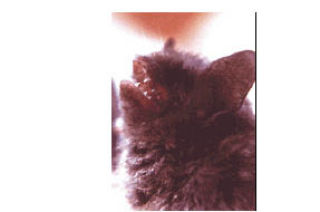During the summer months, an open window or door could invite a bat into the home, increasing a family’s chance of exposure to rabies.
Avoiding contact with the flying mammals and vaccinating pets are the best form of protection, Island County Health Officer Roger Case, M.D., said.
Rabies is a viral disease that causes inflammation of the brain in mammals. Death usually occurs a few days after its contraction. If exposed to a rabid animal, people must receive a prompt post-exposure vaccination.
The infection is usually transmitted by a bite or an open wound exposed to the animal’s saliva.
Case said he’s fielded a rash of calls, at least three to four a week, about bats in the homes. Bats are the only mammal indigenous to Washington state that are a known carrier of the rabies virus. About seven percent of those tested in the past 20 years were rabid.
“If a bat is found in the home, do not shoo it out,” Case said.
A local health agency will help to determine if any people or pets have been exposed and can arrange to test the bat for rabies.
If a bat is found indoors, Case said to close the doors and windows to the room, capture the bat in a can or box without touching it and seal the container.
The treatment for rabies is a series of five shots over a one- month period and the cost is $900 to $1,200. People are advised to take the vaccine as a precaution if the bat is thrown out of the home untested.
To keep a house bat proof, Case recommends putting screens over windows and one in the chimney, where bats often live.
Bats are not aggressive animals and most do not have rabies. They typically avoid contact with people. However, Case cautions that any bat found flying during the day or that appears sick and unable to fly is more likely to be rabid.
For guidance on testing, release or proper disposal of a bat, call your local health agency at 679-7350.




